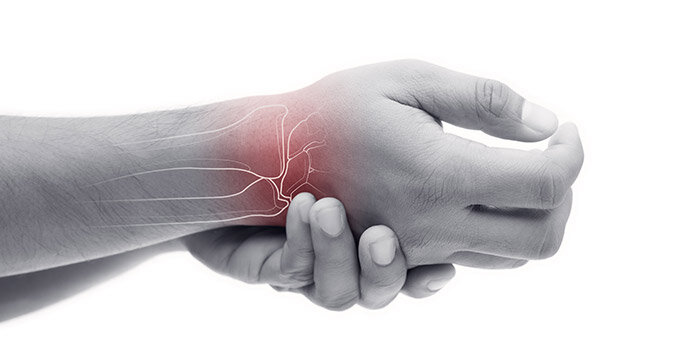
Complex regional pain syndrome (CRPS) is an uncommon disorder that affects about 200,000 people each year in the United States. Unfortunately, CRPS can often be misdiagnosed, which means many people aren’t getting the treatment they need.
The pain management specialists understand the frustration that comes with conditions like complex regional pain syndrome, and we’re here to help.
One of the key steps in managing CRPS is to gain a better understanding of the chronic disorder, which is why we've pulled together the following primer on CRPS.
Defining CRPS
Complex regional pain syndrome is a chronic neurologic condition that typically leads to moderate-to-severe symptoms in one of your limbs, such as an arm, hand, leg, or foot.
There are two types of complex regional pain syndrome:
- CRPS I, in which there’s no confirmed nerve injury
- CRPS II, in which there’s a confirmed nerve injury
The two very different sides of CRPS are what make the condition so difficult to diagnose.
With CRPS II, which accounts for 90% of CRPS diagnoses, the problem often develops on the heels of an injury, a heart attack or stroke, or a surgery in which your nerves were damaged, which makes the problem easier to identify.
With CRPS I, on the other hand, there’s no precipitating event or confirmed nerve damage, which means that the problem stems from a malfunction in your central and peripheral nervous systems.
The Signs Of CRPS
Pain is the leading symptom of CRPS, which can range from a burning sensation to an incessant throbbing. But there are other symptoms with CRPS, which include:
- Changes in your skin’s color and texture
- Increased sensitivity to hot and cold
- Swelling in the area where there’s pain
- Increased or abnormal sweating in the affected area
- Joint stiffness
- Tremors, jerking, and abnormal positioning of your limb
- Changes in nail or hair growth
As the problem continues, you may lose muscle coordination and function in your affected limb, which can place serious limitations on your life.
Treating CRPS
There’s no single cure for CRPS, but there are many ways that we can mitigate the symptoms and prevent irreparable damage.
After we perform an extensive analysis of your condition to rule out other potential problems, we design a treatment plan that addresses your unique symptoms and your quality-of-life goals, and that may include:
- Prescription medications
- Joint injections to reduce pain and inflammation
- Nerve blocks
- Ketamine infusion therapy
This list is only a sample of the wide range of treatments we offer at our practice. The bottom line is that we will work tirelessly to find the best solution for your CRPS.
Precision Pain Care and Rehabilitation has two convenient locations in Richmond Hill – Queens and New Hyde Park – Long Island. Call the Richmond Hill office at (718) 215-1888, or (516) 419-4480 for the Long Island office, to arrange an appointment with our Interventional Pain Management Specialist, Dr. Jeffrey Chacko.













